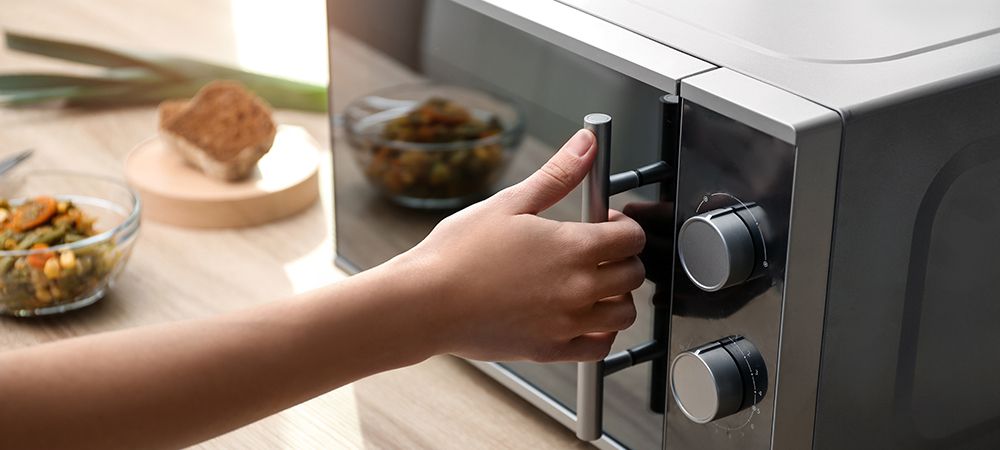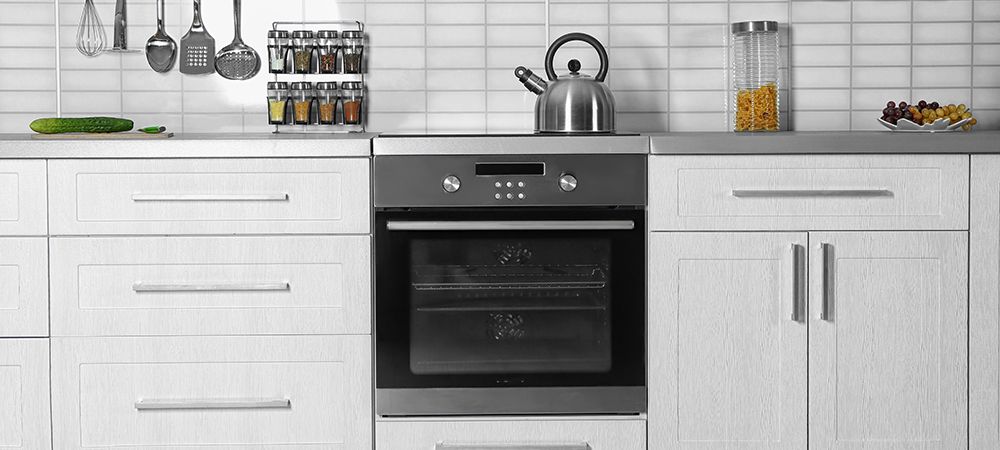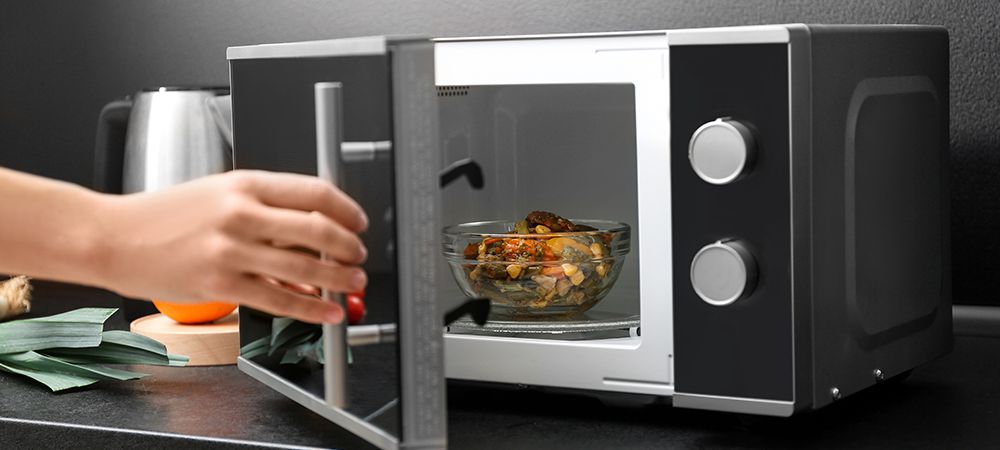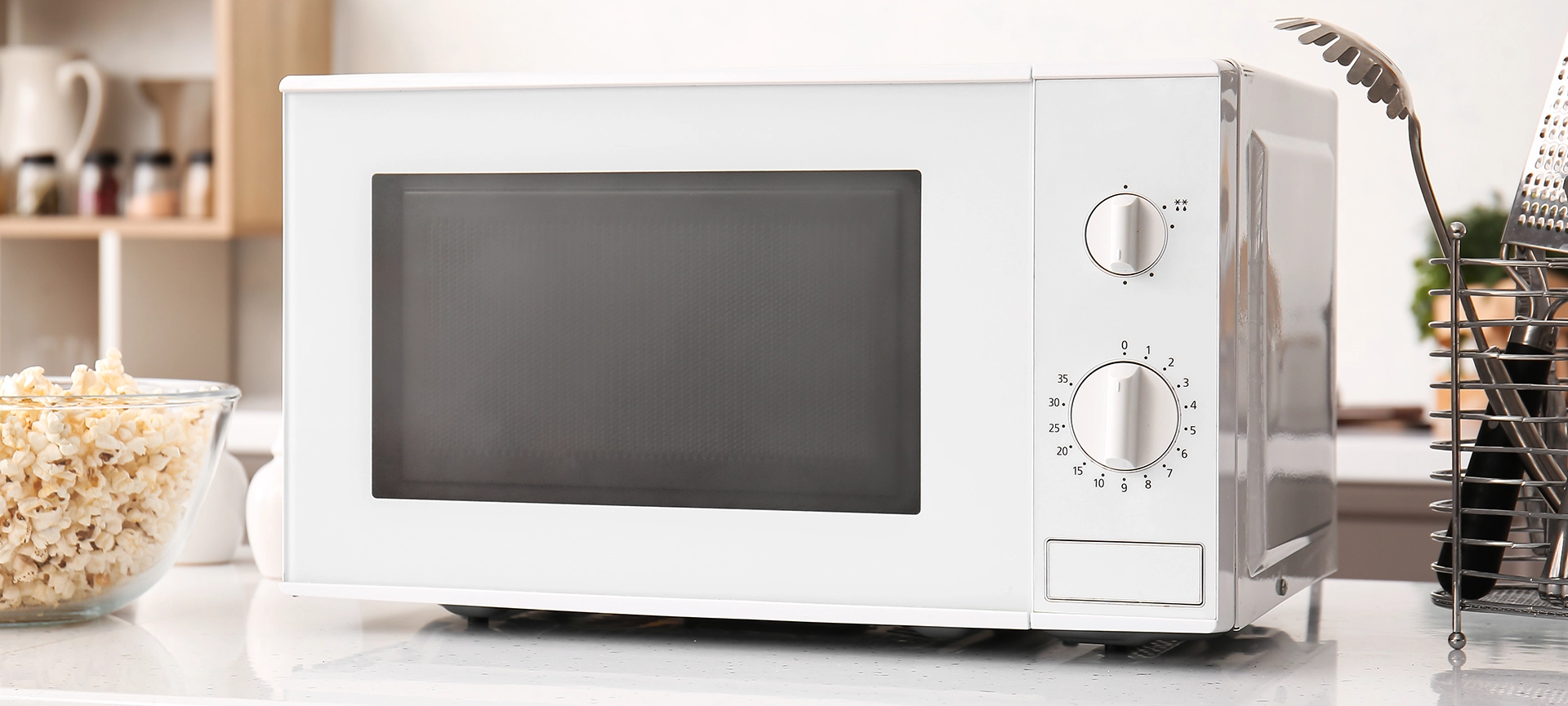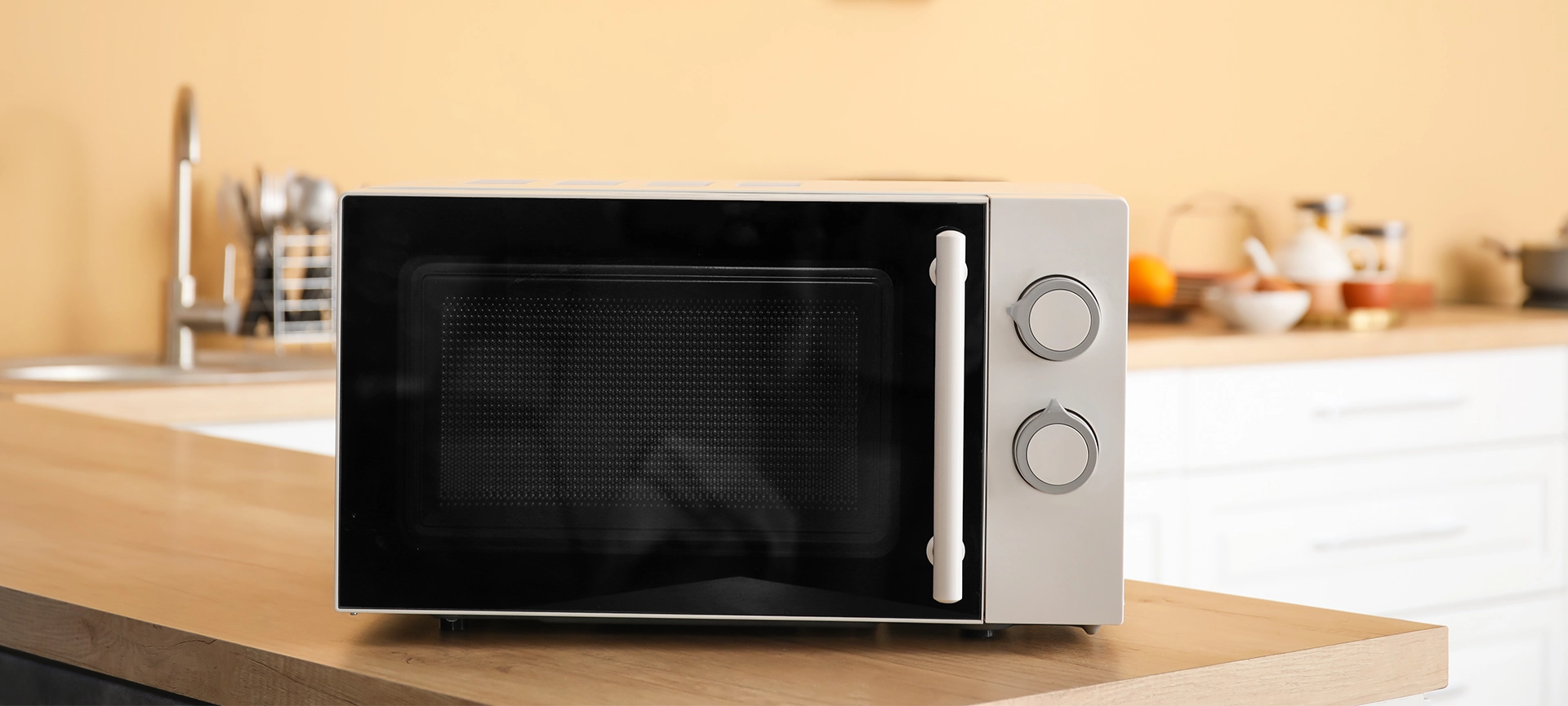Ovens are a mainstay in Canadian homes. This rings true whether you only prepare meals for yourself and your family – or you cook or bake professionally.
Are you looking to buy your very first oven? Or maybe you plan to replace your old unit? Lucky for you, there are several types of ovens available in the market. Whatever your cooking or baking needs, you will certainly find at least one that is right for you.
There is no need to browse dozens of websites to help you with the decision-making process. In this article, we’ll talk about some of the common types of ovens, including their advantages and disadvantages. Once armed with information, it will be easier for you to determine which type of oven is best suited for your unique needs and circumstances.
5 Different Types of Ovens
When someone says “oven,” there might be a single product that comes immediately to your mind. However, there is no standard type of oven. Instead, there are plenty of different options to choose from, each with its own heating methods, features, sizes, and styles, among others. While the list below is by no means definitive, it can already tell you which type of oven is suitable for you.
1. Conventional Gas Ovens
Conventional ovens, which have been a central part of modern households since the 1950s, are by far the most common type. They can either be gas or electric, and come in various sizes, styles, and designs. Moreover, conventional ovens can be freestanding, built-in (fixed into a wall), or a part of a kitchen range. In other words, they provide you with plenty of options to choose from.
Conventional gas ovens are heated from the bottom to the top, typically with a gas flame as the heat source. Basically, they cook the food from underneath. They also have a separate top compartment for broiling, although some models will allow you to use both the top and bottom features simultaneously.
This type of oven is known for heating food quickly and facilitating easy temperature control, which is why it is a crowd-favourite among the pros. The large size also means that it could cook large amounts of food at a time. However, one notable downside is that it is more prone to fluctuating temperatures, resulting in uneven heating. Furthermore, a conventional gas oven tends to produce more humid air, which means that you may need more time to properly brown or crisp your food.
Who It Is for
Gas ovens are flexible and can be used for various culinary purposes. They are an excellent choice if you prefer to cook food quickly but don’t mind the occasional inconsistent temperatures. After all, as long as you are being careful, you can avoid getting burnt edges on your food.
Many kitchens already come equipped with a gas line, making conventional gas ovens relatively straightforward to install. However, do keep in mind that they are usually pricier upfront than electric units.
2. Conventional Electric Ovens
Conventional gas and electric ovens share a lot of similar characteristics, including the bottom-up heat transfer and the wide availability of options. The main difference between the two lies in the heat source. Conventional gas ovens rely on a gas flame to cook your food, while electric models make use of a burner element, which, as you may have guessed, is powered by electricity.
Electric ovens are often less expensive than their gas counterparts. They also don’t release a lot of moisture into the air and are less prone to temperature fluctuations. In other words, you won’t have to worry about hot spots and burnt edges that much.
But, one major caveat is that you won’t be able to get some baking or cooking done if the power is out. Electric ovens also tend to cook more slowly than gas models.
Related article: How to Repair an Oven Not Heating Up
Who It Is for
Electric ovens are a great option if consistent temperatures and even heating are your top priority. Since this type of oven produces drier heat, it is especially suitable for baking and roasting. As a bonus, it is a breeze to use and clean, enabling you to achieve fantastic results every single time, and making your life more convenient. Finally, a conventional electric oven is a great alternative if your home doesn’t readily accommodate gas appliances.
3. Convection Ovens
Convection ovens are fast becoming more popular in recent years. After all, they heat food faster and more evenly, reducing the likelihood of hot and cool spots. This type of oven comes with a fan and exhaust system, which circulates the hot air inside the appliance and promotes more consistent heating. The increased air circulation also makes it easier to crisp or brown the exterior of your food – while ensuring that it stays nice and juice on the inside.
Another reason why convection ovens are appealing is that they are highly versatile and available in different types. For one, you will be glad to know that they are available in both gas or electric types. Furthermore, they can be a standalone or a feature of conventional, microwave, and toaster ovens. If it is the latter, you typically have the option of turning off the convection setting whenever you want for greater convenience.
Many people are dissuaded from getting convection ovens due to the lack of familiarity with it. Conventional ovens, especially gas units, have been used for decades. Many individuals – professionals included – know how to operate them like the back of their hands. Not to mention that most recipes are written with conventional ovens in mind. Finally, the fact that it has extra components – the fan and exhaust system – can make it more likely to need repairs.
Related article: What Is the Cost of Repairing an Oven in Toronto?
Who It Is for
Convection ovens are ideal if the type of cooking you do requires precise temperatures and even heat distribution. They also cook more rapidly than conventional ovens and can cook more dishes at a time, helping you save precious time, effort, and energy. With this type of oven, be aware that you will often have to adjust the recipes, which is why it is better suited for more experienced cooks.
4. Microwave Ovens
Microwave ovens – or simply “microwaves” – are a type of oven that is designed for heating a variety of food instantly and efficiently. As the name suggests, they rely on high-frequency microwaves – a form of electromagnetic radiation – to heat food in a matter of minutes or even seconds.
A microwave oven is a small appliance that doesn’t take up much space on the countertop. Unfortunately, it is primarily used for reheating food and cooking simple meals. It also won’t brown or caramelize food, which can be a pro or a con depending on the type of baking or cooking that you do.
Who It Is for
This type of oven is fast, easy, and ultra-convenient. For this reason, it is ideal for people who are always on the go and want their food to be ready in a matter of minutes.
Keep in mind, though, that a microwave oven is mostly for heating previously cooked food and cooking basic meals. If you need to fry, brown, or bake food at high temperatures, it is not for you. But if you have the budget, nothing is stopping you from getting a microwave to complement your standard oven.
5. Toaster Oven
A toaster oven is a countertop appliance that is slightly smaller than a microwave oven. It is typically used for simple cooking needs, such as baking bread or pizzas, roasting vegetables, or grilling meat.
Toaster ovens are cheaper than conventional ovens and don’t take up a lot of space in your kitchen. They are also a breeze to install and use. However, the amount and type of food you can cook are fairly limited. Plus, a toaster oven won’t give you the same bake quality that you would get from a larger, more powerful oven.
Who It Is for
A toaster oven is perfect for those with simple baking and cooking needs. It includes toasting, browning, broiling, and defrosting small amounts of food. This type of oven is also a good choice if you have a limited budget or kitchen space. However, be aware that it won’t let you prepare complicated pastries or dishes.
The Ultimate Oven for Your Needs
Like any other household appliance, ovens are also available in a wide range of types and styles. Each has different features, as well as pros and cons. Keep in mind that one type of oven is not better than the other, and it all comes down to your culinary needs, preferences, and budget.
Whatever type of oven you end up buying, Prime Appliance Repair is here to help you with your repair needs, whether it is something as simple as replacing an oven bulb or something far more complex, such as power or electrical issues. Our team of repair technicians is highly skilled and customer-oriented, guaranteeing 100% satisfaction. Even better, our service fees are among the most affordable in the Greater Toronto Area, and we offer a 6-month warranty for your peace of mind. Fill out this contact form to book an appointment today!





